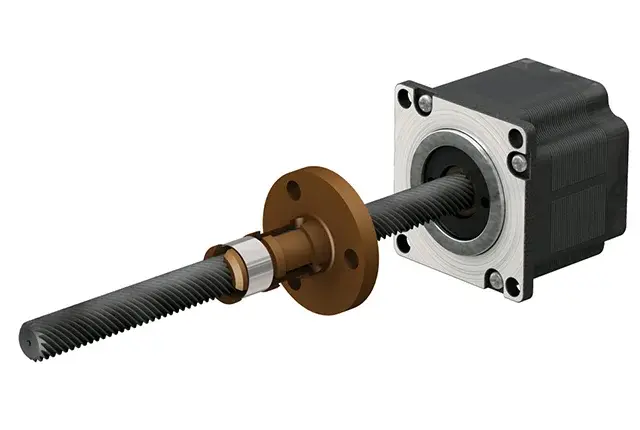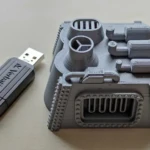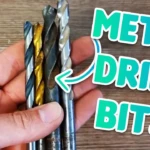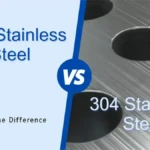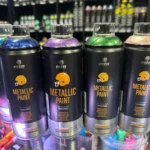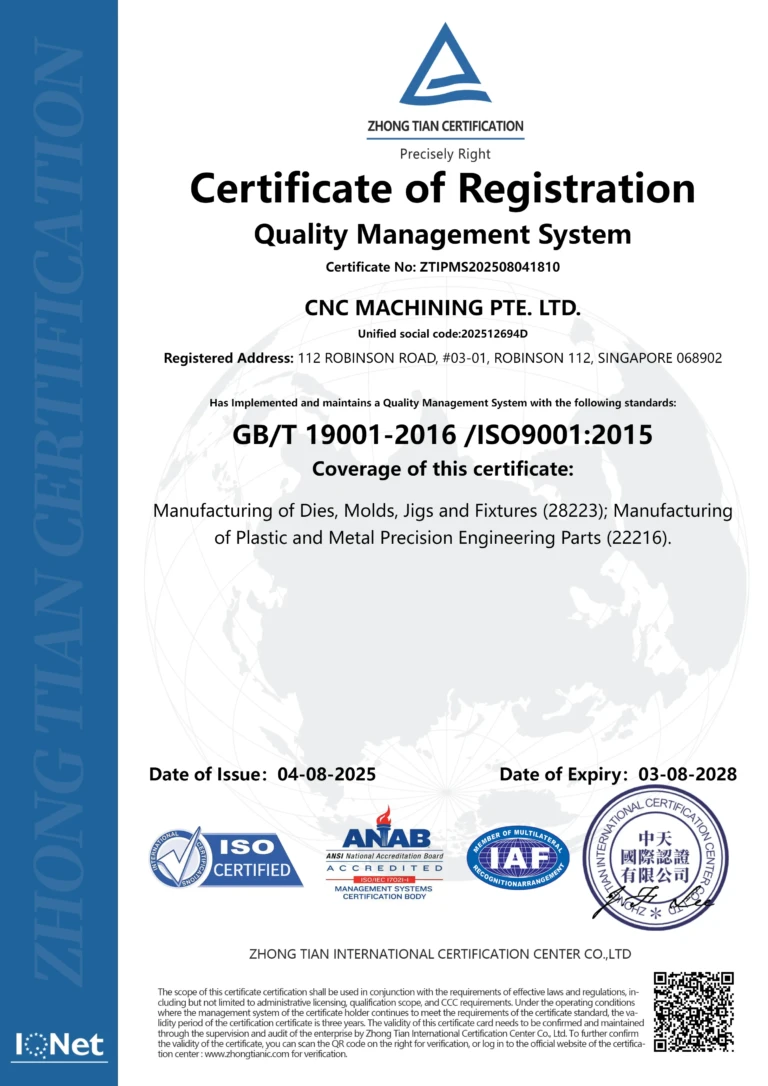Hot Lather Machine What’s the Screw In the Center For: Technical Insights and Solutions
Anatomy of the Hot Lather Machine Center Screw
The center screw in a hot lather machine, often referred to as the beater screw or agitator shaft, serves as the core mechanical component responsible for mixing and dispensing lather. Positioned centrally within the lather cup or reservoir (typically 8-12 oz capacity), this screw—usually made from stainless steel (304 or 316 grade, diameter 8-12 mm, length 100-150 mm)—rotates at 500-1000 RPM to whip shaving cream concentrate with hot water (temperature 60-80°C) into a foamy consistency. Its helical thread design (pitch 5-10 mm, 4-6 turns) ensures efficient aeration, producing lather with bubble sizes 0.1-0.5 mm for optimal skin softening.
Specifications include:
- Material: Corrosion-resistant SS316 (PREN 25-30), hardness 20-30 HRC, to withstand alkaline soaps (pH 8-10).
- Dimensions: Threaded M6-M8 base for secure mounting, with a central bore (dia 2-4 mm) for heating element integration in advanced models.
- Operational Parameters: Torque 0.5-1 Nm, power draw 50-100 W from the motor, cycle life >50,000 operations before wear.
In “hot lather machine central screw function,” it prevents clogs by continuous agitation, maintaining flow rates of 10-20 ml/sec. Overheating (above 90°C) can cause discoloration or cracking, reducing efficiency by 20-30%.
Mechanical Design and Engineering Principles
The screw’s geometry follows Archimedean principles, with a lead angle of 15-25° for balanced shear (viscosity reduction from 1000 cP to 200 cP). Finite element analysis (FEA) shows stress concentrations at the thread root (max 150 MPa under load), mitigated by fillet radii 0.5-1 mm.
For durability, surface treatments like electropolishing achieve Ra <0.4 μm, minimizing bacterial adhesion (CFU/cm² <10) in hygienic applications.
Great Light’s Prototype CNC Machining Services replicate these designs, using 5-Axis mills for precise threading (tolerance ±0.02 mm), ideal for custom replacements.
Applications of the Center Screw in Hot Lather Machines
The center screw’s primary application is in professional barber tools, where it enables consistent hot lather production for shaving (pore opening by 20-30%, reducing irritation). In commercial models like Lather Time or Scalpmaster (power 100-200 W, reservoir 16 oz), it supports high-volume use (50-100 cycles/day), dispensing lather at 70-75°C for optimal hair softening (keratin relaxation at >60°C).
Extended uses:
- Spa and Salon: Integrates with multi-head systems for simultaneous dispensing, flow controlled by screw speed (variable 300-1200 RPM).
- Home Grooming: Compact units (weight 1-2 kg) use smaller screws (length 80 mm) for personal use, with safety interlocks to prevent dry running.
- Industrial Prototyping: Custom screws in R&D for cosmetic testing, where agitation ensures emulsion stability (droplet size <10 μm).
In “purpose of center screw in hot lather machine,” it also acts as a heat conductor, transferring thermal energy from the element (resistance 50-100 Ω) to the mixture, achieving uniformity within 30-60 seconds.
Performance in Diverse Environments
In humid salons (RH 60-80%), the screw’s SS material resists pitting (rate <0.01 mm/year), per ASTM G48. For high-throughput ( >200 lathers/day), quenched variants (hardness 35 HRC) extend life by 50%.
Applications in prototype machining: Custom screws for automated dispensers, machined to fit non-standard reservoirs (dia 50-70 mm).
Great Light fabricates these via 5-Axis CNC, with post-processing like passivation (nitric acid 20-40%, 30 min) for enhanced corrosion resistance.
Common Issues and Solutions for the Center Screw
Over time, the center screw faces challenges like encrustation (dried lather buildup, thickness 1-2 mm), leading to reduced rotation (torque increase 20-30%) and leaks (0.5-1 ml/min). Cracking from thermal cycling (ΔT 50°C) or discoloration (brown oxide formation at >100°C) compromises hygiene and efficiency.
Solutions:
- Cleaning Protocols: Weekly disassembly, soaking in citric acid (5-10%, 10-20 min) to dissolve residues (Ca/Mg soaps), restoring flow by 95%.
- Maintenance: Lubricate bearings (silicone grease, 0.1-0.2 g) quarterly; inspect for wear (thread depth reduction <0.5 mm).
- Replacement: Custom machined screws with improved alloys (e.g., SS316L, C ≤0.03%) prevent sensitization.
In “hot lather machine screw in the center maintenance,” regular brushing (nylon, dia 10 mm) clears the tube, avoiding off-white lather from oxidation.
Advanced Troubleshooting Techniques
Vibration analysis (accelerometer, freq 50-200 Hz) detects imbalance from buildup (amplitude >2 g). Thermal imaging (IR camera, resolution 0.1°C) identifies hotspots (>90°C) causing cracks.
For prototypes, Great Light’s 5-Axis CNC Machining produces reinforced screws (wall thickness +20%), solving durability in high-heat models.
Integration with Great Light’s CNC Services
Great Light Metal Tech Co., LTD specializes in 5-Axis CNC Machining, crafting custom center screws for hot lather machines. Advanced mills handle SS316 with speeds 15,000 RPM, tolerances ±0.01 mm.
One-stop: Machining + finishing (electropolishing, Ra <0.2 μm).
For engineers: Solve design flaws with prototypes. Startups: Rapid customization online. Leaders: Scaled production.
Customize your screw solutions today.
